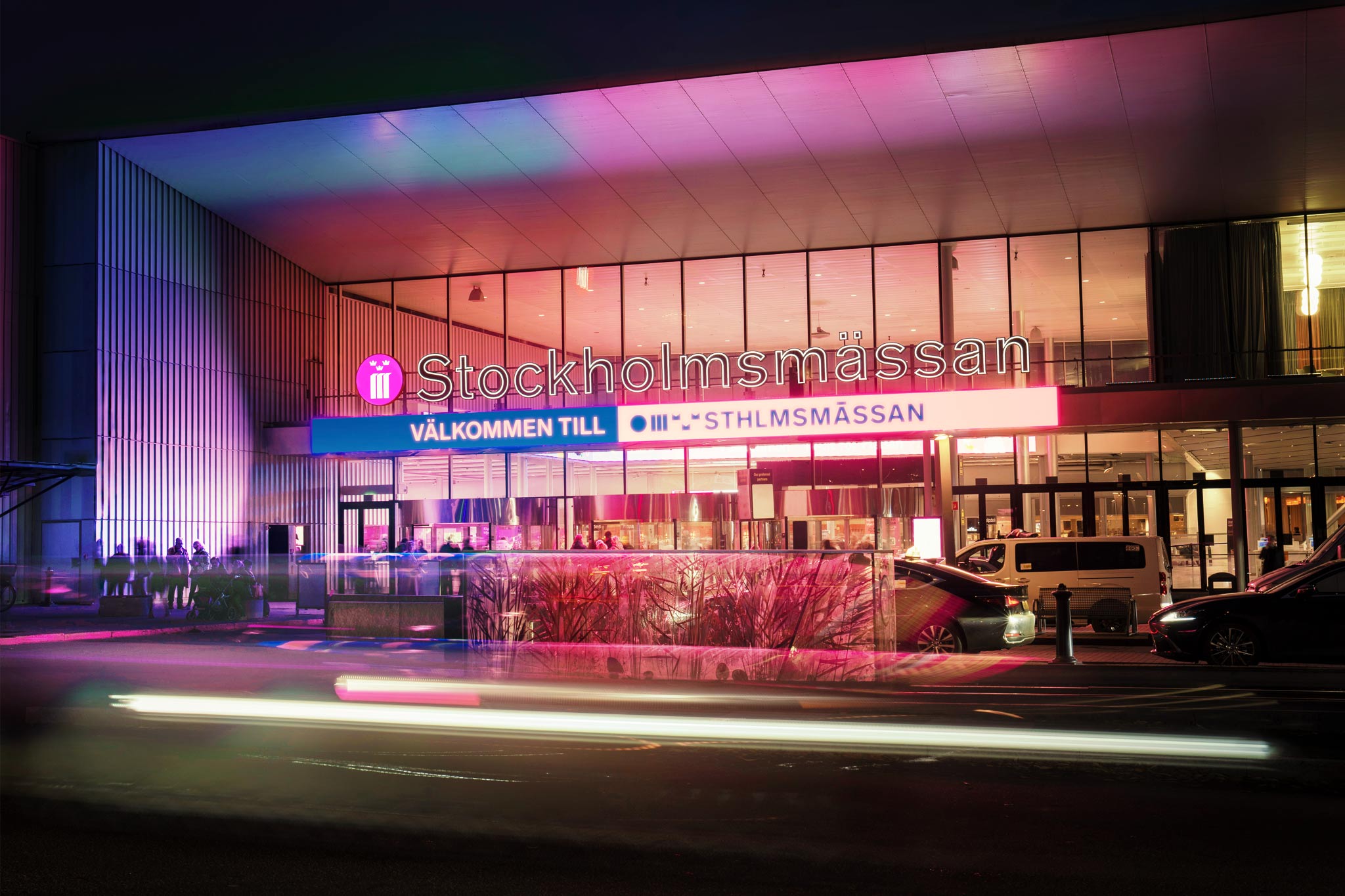- UK Price per Head for meetings and events is up 14.7 per cent, above the current inflation.
- January and February were slower months, with Q1 ‘saved’ by a strong March.
- Lead times set to remain short.
- Meetings and event business broadly in line with 2019.
- Delegate sizes have dropped, but there are more meetings and events.
The meetings and events industry in the United Kingdom has experienced a rise in the Price per Head by 14.7 per cent in Q1 of 2023, marginally exceeding inflation, according to the Event Economy Tracker by The Business of Events. This increase indicates that despite the challenges posed by the pandemic, the industry has been able to maintain its value proposition for attendees.
However, the data by Venue Performance shows Q1 of 2023 was slow, with January and February witnessing a slowdown in business. The quarter was ‘saved’ by March, which, anecdotally, saw a boost due to a combination of end-of-year budgets and greater optimism in the economy after it narrowly avoided recession.
Looking ahead to Q2 of 2023, it is forecast to be a tricky period for the industry. The impact of Easter and three Bank Holidays in May is expected to affect the number of bookings for events. This highlights the continued uncertainty in the industry and the need for event planners to remain flexible and adaptive to changes in the market.
Meetings are more prevalent than conferences in the industry, with meetings generally considered one-day events where the group engages with themselves. In contrast, a conference is defined as an event with staging and speakers addressing an audience. This suggests that attendees are more comfortable with smaller, more intimate events rather than larger-scale conferences. Data shows that delegation sizes have reduced and now sit at 74 people on average.
Despite the challenges faced by the industry, it is now sitting at levels similar to 2019, which is a drop from the unsustainable spike seen in 2022, itself attributed to pent-up demand in the wake of the Covid-19 pandemic.
It is important to note that Q4 2019 was unusually high before the pandemic, which somewhat skews the annual figures. This indicates that the industry is still recovering from the impact of the pandemic.
Short lead times remain a trend in the industry. In Q1 2023, the average lead time was 64 days, slightly higher than in Q1 2022, where the average lead time was 54 days. However, Q4 2022 saw a higher average lead time of 87 days, although Christmas parties and other seasonal events will somewhat skew this figure. This highlights the importance of event planners adapting to short lead times and being flexible in their planning.
Martin Fullard, Director, News & Content, The Business of Events, said: “The data revealed by Venue Performance for Q1 indicates that there broadly remains a strong appetite for conferences and meetings in the United Kingdom and that we see the market return to more sustainable levels after the heights seen in 2022.
“However, Price per Head has increased, exceeding inflation, as the cost of living continues to bite, forcing the supply chain to pass costs on to event planners. The upcoming months will prove another big test for the industry’s resilience.”
Peter Heath, Managing Director, Venue Performance: “We’re seeing the beginning of a return to normal cycles and a rhythm that the sector has been lacking. For long periods the industry has been lurching from famine to feast, so a return to normal is not only expected but probably welcomed.”
Download a free copy of the Q1 Event Economy Tracker.



